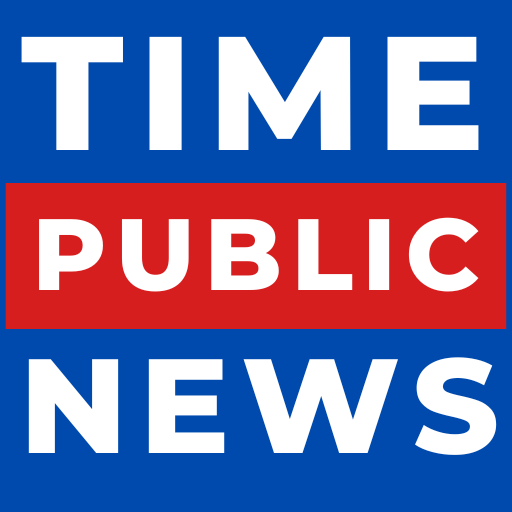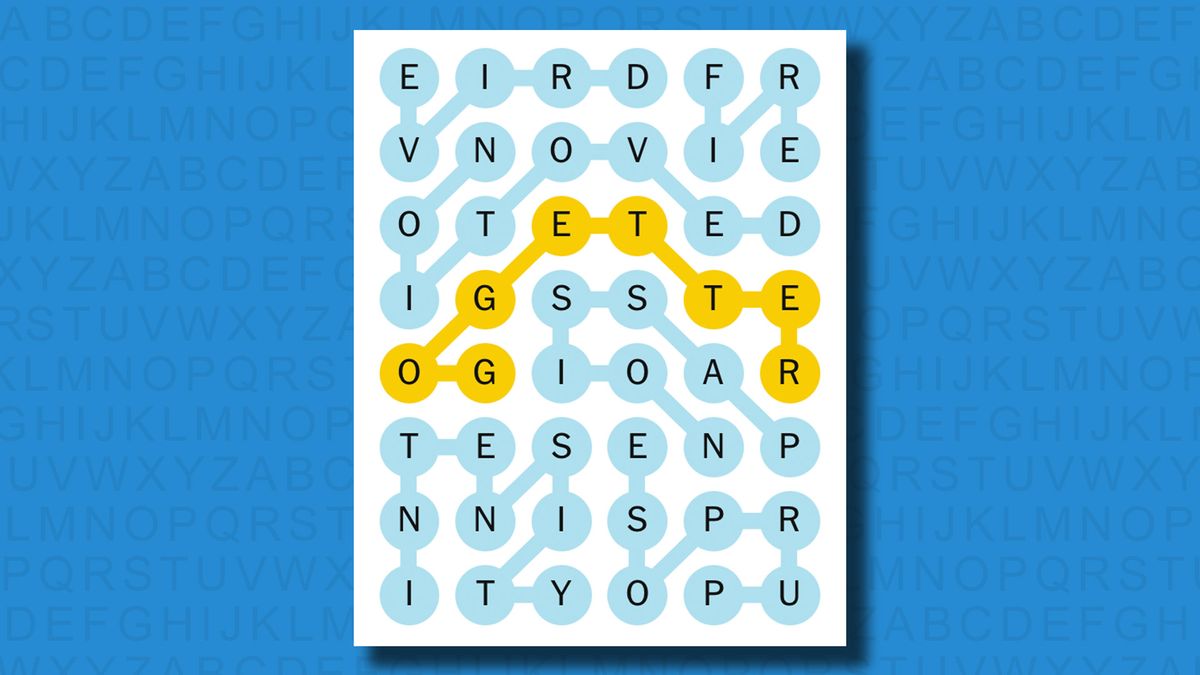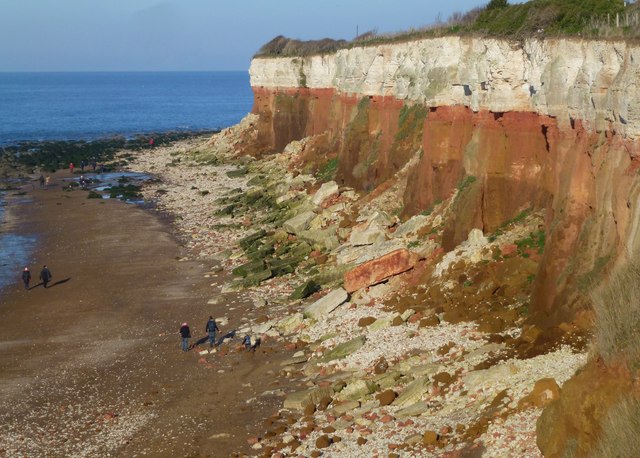Executive orders are a powerful tool available to U.S. presidents, allowing them to direct government operations and influence national policy without requiring congressional approval. President Donald Trump, who served from 2017 to 2021, used executive orders extensively to fulfill campaign promises, roll back previous administrations’ policies, and implement his own agenda. Over his four years in office, Trump issued a total of 220 executive orders, addressing issues ranging from immigration and economic regulations to foreign policy and healthcare. This blog explores how President Trump utilized executive orders, the key policies he influenced, and the impact of these orders on the nation.
Understanding Executive Orders
Executive orders are directives issued by the President to federal agencies and departments. They have the force of law but do not require congressional approval. These orders are often used to manage government operations, respond to national emergencies, or implement policies within the scope of executive authority.
Executive orders can be overturned by subsequent presidents, deemed unconstitutional by courts, or nullified by congressional legislation. However, they remain one of the most effective ways for a president to implement immediate policy changes.
Trump’s Use of Executive Orders
From his first days in office, President Trump wielded executive orders as a key tool to advance his administration’s priorities. Below are some of the major policy areas where he exercised this authority.
1. Immigration Policy
One of Trump’s most controversial uses of executive orders was in the realm of immigration. Key orders in this area included:
- Travel Ban (Executive Order 13769) – Issued in January 2017, this order restricted travel from several Muslim-majority countries, citing national security concerns. It faced legal challenges and was later revised before being upheld by the Supreme Court in 2018.
- Border Wall Construction – Trump issued multiple executive orders to redirect funds toward the construction of a U.S.-Mexico border wall. He declared a national emergency to secure additional funding for the project.
- Ending DACA Protections – An attempt was made through executive action to end the Deferred Action for Childhood Arrivals (DACA) program. However, the Supreme Court blocked this move in 2020.
2. Deregulation and Economic Policies
Trump aimed to reduce federal regulations, which he saw as burdensome to businesses and economic growth. His executive orders in this area included:
- Regulatory Reduction Order (Executive Order 13771) – This order required federal agencies to eliminate two existing regulations for every new regulation introduced.
- Tax and Trade Policies – Trump used executive authority to impose tariffs on Chinese goods and renegotiate trade agreements such as NAFTA, leading to the USMCA.
- Payroll Tax Deferrals and Stimulus Measures – During the COVID-19 pandemic, Trump signed executive orders to defer payroll taxes and provide temporary economic relief.
3. Foreign Policy and National Security
Trump used executive orders to shape foreign policy, particularly in areas related to national security and military operations. Some significant orders included:
- Withdrawal from International Agreements – Trump issued executive actions to withdraw the U.S. from the Paris Climate Accord and the Iran Nuclear Deal.
- Sanctions on Foreign Entities – Numerous executive orders imposed sanctions on Iran, North Korea, and Venezuelan leaders.
- Strengthening Cybersecurity Measures – He signed orders to enhance national cybersecurity and protect critical infrastructure from foreign threats.
4. Healthcare and Social Policies
Trump’s executive orders also focused on altering healthcare policies and social issues:
- Repeal of the Affordable Care Act Provisions – While he couldn’t fully repeal Obamacare legislatively, Trump issued orders weakening its mandates, such as ending the individual mandate penalty.
- Drug Pricing Reforms – Executive actions were signed to reduce prescription drug prices by allowing the importation of cheaper medicines.
- Religious Freedom and Social Policies – Orders were issued protecting religious organizations from certain federal mandates, including contraception coverage requirements.
5. Response to the COVID-19 Pandemic
During the COVID-19 crisis, Trump used executive orders to address public health and economic fallout:
- Defense Production Act Invocation – Trump directed companies to produce medical supplies, such as ventilators and personal protective equipment.
- Eviction Moratoriums and Unemployment Aid – Orders extended federal eviction protections and provided supplemental unemployment benefits.
- Vaccine Development (Operation Warp Speed) – While not solely reliant on executive orders, Trump’s administration utilized them to accelerate vaccine research and distribution.
Impact and Legacy of Trump’s Executive Orders
Trump’s frequent use of executive orders sparked debates about the power of the presidency. His supporters argued that he used executive orders effectively to bypass congressional gridlock and deliver on campaign promises. Critics, however, contended that his reliance on executive orders demonstrated an overreach of executive authority, bypassing the legislative process.
Many of Trump’s executive orders were reversed by his successor, President Joe Biden, who signed multiple orders on his first day in office to undo Trump-era policies, particularly on immigration, climate change, and healthcare.
Despite their reversibility, Trump’s executive orders had significant short-term and, in some cases, long-lasting impacts on American policy and governance. His actions reshaped the federal regulatory landscape, altered trade policies, and influenced national security decisions.
Conclusion
President Donald Trump used executive orders extensively to shape U.S. policy, making them a cornerstone of his administration. From immigration and deregulation to foreign policy and pandemic response, his executive actions reflected his priorities and governing style. While many of his orders were overturned by subsequent administrations, they played a critical role in defining his presidency and influencing political discourse. As executive orders continue to be a key instrument of presidential power, Trump’s approach to them will remain a subject of analysis for political scholars and historians for years to come.






